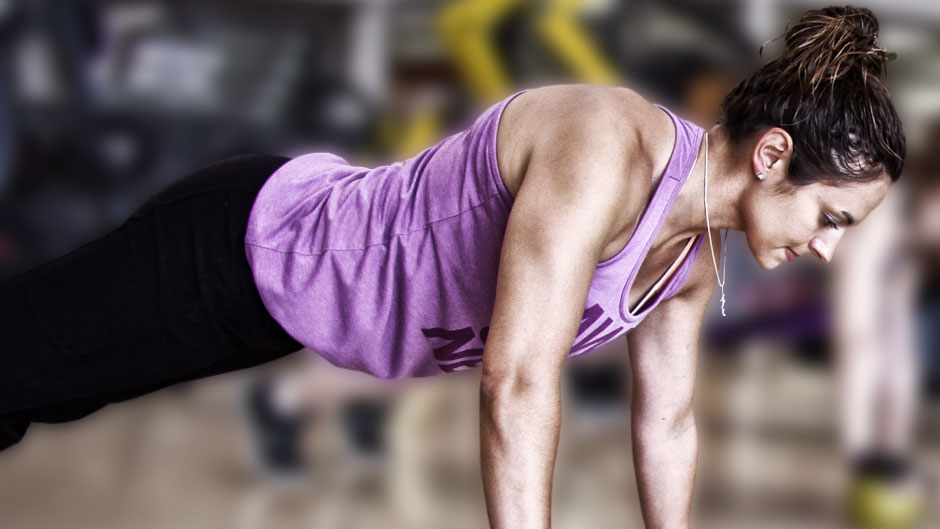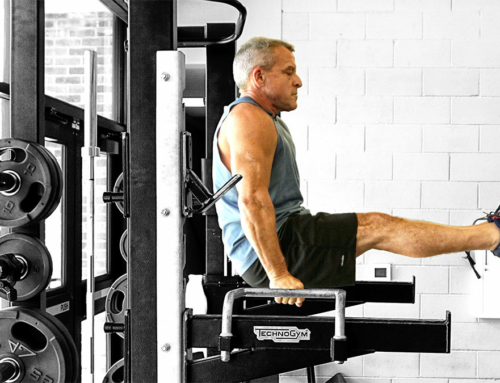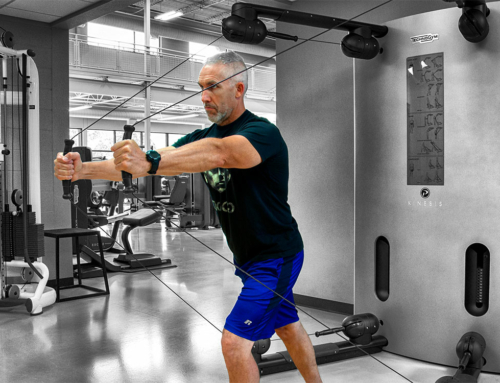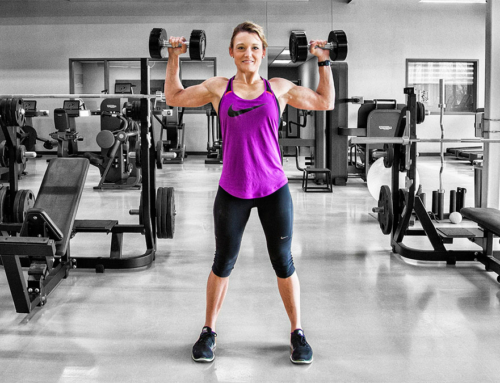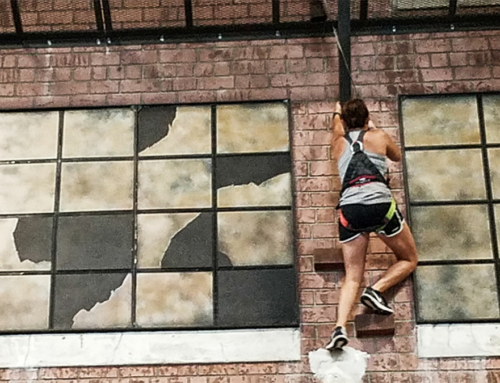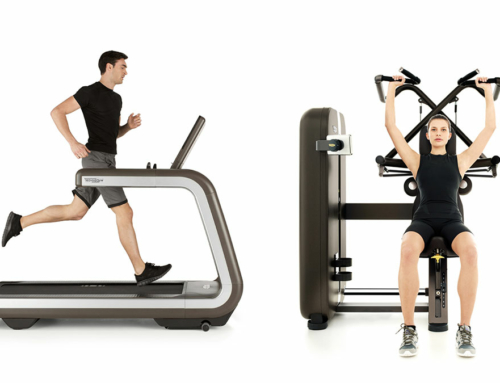Back in your youth (or if you’re still young then just recently) you may have injured yourself, your shoulder for instance. Maybe it was during high school athletics, maybe it was doing chores, or maybe it was the universally difficult act of trying to walk and chew gum at the same time and it didn’t work out so well. Whatever it was, you were injured. But you got up, dusted yourself off, and carried on because you were young and, at the time, it didn’t seem like a big thing because that’s one of the beautiful things about being young, you seem to be indestructible.
Then some years passed.
And what seemed like nothing at all slowly started to become a minor annoyance. There was some pain, but you worked through it because you were still young, and the pain was no big deal, especially when there were other things you had to do that were more important, such as doing all the stuff that young people do. And besides, what was the worst thing that could happen? It wasn’t like your arm was going to fall off. Right?
Then more years passed.
And what was an occasional minor annoyance started to become a full fledged pain in the … well in this case, shoulder. In fact it was becoming a lot more painful a lot of the time. Not only that, it was starting to limit what, and how, you could do things.
For your average person this would suck. It would suck a lot more if you were a fitness trainer and your job required you to be in perfect physical shape which, by some wild coincidence, happens to be the situation that our Director of Fitness, Sunni Stipp, is in.
Sunni injured her shoulder as a result of high school athletics and powerlifting. Even back then she was told that surgery was an option but in her mind the pain, at the time at least, was no big deal. She could work through it and competing in athletics took priority.
But time catches up with everyone and eventually an injury which was no big deal becomes a big deal if enough time passes and enough wear happens.
And so it is with Sunni.
Long introduction short, Sunni will finally go in for surgery followed by physical therapy. To do so can be frightening when you’re not familiar with the process. But even when you know exactly what will happen to you because you’ve helped so many people through it, it can still cause one anxiety. Things suddenly look different when you’re on the other side of the knife. It’s nerve-racking. It’s not something you want to do.
However, in Sunni’s case, it is the best option to take. And it just so happens we have the best physical therapy practice around. So, we decided to chronicle her journey, from surgery, to physical therapy, and beyond so that you can see exactly what is involved, and what it is like to go through it and come out the better for it on the other side.
This blog will chronicle Sunni’s journey and progress each week, so follow us to see how she does.
Image above: You wouldn’t know to look at it but when the above picture was taken Sunni was in considerable pain in her right shoulder, but she just worked through it because that’s the way it always was. But it doesn’t have to be that way.
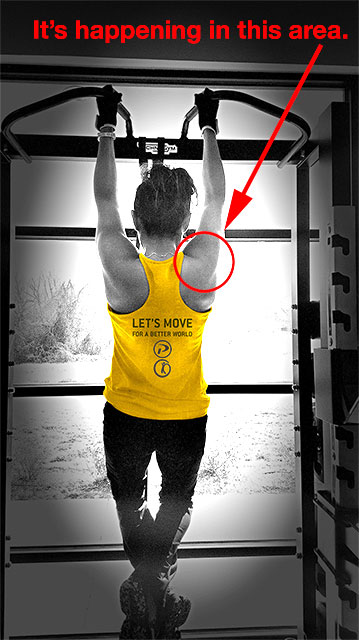
“I continued to work out and lift heavily after college. Popping and grinding in the shoulder became second nature to me — the pain was very minimal so I never changed anything. The past couple of years however I’ve had more and more thoracic stiffness and upper rib and cervical issues/ discomfort, and when doing certain exercises … I can only hold hands in a neutral position … and some exercise have become almost impossible because of the pain and instability in the shoulder.”


